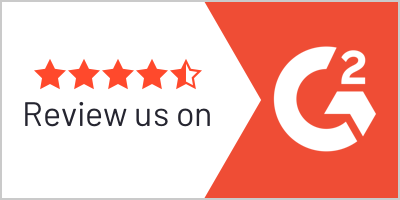Managing Manufactured Home Investing: An Overview
Investor Interest in Manufactured Housing is On the Rise
According to data from the U.S. Census Bureau, more than 50,000 manufactured homes were shipped across the country as of May 2022. That represents a 31% increase over 2021 figures. Increased demand is just one of the many reasons for the spike in manufactured home investing, and we’ll explore more shortly. First, some helpful definitions. “Manufactured housing” actually represents several subcategories:
- Mobile homes
- Modular homes
- Manufactured homes
- Panelized homes
- Kit homes
- Tiny homes
It’s common for some terms to be used interchangeably, but ultimately the manufactured housing category can refer to individual homes or communities of homes as well. Communities of these homes (aka “parks”) is the majority of our focus here.
The Advantages of Manufacturing Housing for Investors
With many of the more traditional asset classes continuing to face a variety of challenges still lingering from the pandemic or from difficulties in the broader economic climate, general partners (GPs) and syndicators have been turning to alternative classes to drive value and revenue for investors. Manufacturing housing is one of these alternative solutions — and for good reason:
- Affordability — While manufactured housing prices are rising themselves, they’re still below the much higher median cost for a traditional single family home. As of May 2022, the average manufactured home price stood at $124,900 (already up significantly from May 2020).
- Higher Demand — Due to increased demand and because of other community-level barriers, supply levels of parks haven’t grown. This lower supply coupled with rising demand has led to higher occupancy and rent growth.
- Cash Flow — Parks of manufactured homes tend to have low turnover because residents own the homes themselves but rent the land. This makes the rental income more consistent and stable.
- Lower Costs — Because residents own their homes and are responsible for them, park owners are typically only responsible for maintenance on the land. This means owners don’t have to invest as much capital in maintenance.
- Low Risk — Because manufactured housing tends to stay consistent during periods of economic downturn, they have relatively stable yields (returns). This makes investing in manufactured housing an attractive, low-risk option.
What’s Needed to Maximize Manufactured Home Investing
Whether you’re a GP or a syndicator, and whether you already own manufactured home assets or are considering entering this market, it’s important that you’re equipped with the tools needed to accelerate time to value. Specifically, using a commercial real estate investment management tool to consolidate workload and activity across a variety of functions will go a long way in helping you complete deals quickly and produce value sooner. A few examples of how the right platform can help include:
Fundraising Flexibility
Raising capital via traditional channels — especially in today’s higher rate environment — can be complex and difficult. GPs and syndicators should lean on tools that give them the ability to raise capital in flexible ways, in a matter of clicks, and in a way that reduces administrative tasks. The result is a faster fundraising process overall and one that results in a closed deal sooner.
Streamlined Operations
After the deal is done, the property must be managed. This includes collecting rent payments, managing its daily finances, handling matters with vendors, issuing payments, and more. GPs and syndicators need a solution that brings all of this in a single platform while providing complete transparency and insight into those tasks.
Instant Insight
Reporting and analytics are needed — both so GPs and syndicators know where deals and property performance stand at any time, and also so investors are kept informed. Ideally, there would be a self-service component to allow investors the ability to generate reports as needed, allowing GPs and syndicators to stay focused on value creation.
Payments & Banking
We touched on this briefly, but there is a flurry of financial activity for assets on a daily basis, monthly, quarterly, and onward. The right CRE asset management platform consolidates these functions where possible — such as automating distribution payments to investors, simplifying banking activity, and more.
Better Manage Your Manufactured Home Investing Responsibilities with Covercy
Covercy is the first real estate syndication platform where banking meets investment management. Bringing virtually every function of commercial real estate asset management into a single platform, Covercy helps GPs and syndicators reduce administrative workloads while maximizing value for investors.
With three plans to support you and your team with where you’re at in your journey, Covercy is the ideal solution to help you leverage the growth in manufactured housing investing for the road ahead. Experience it firsthand in a private demo now.






